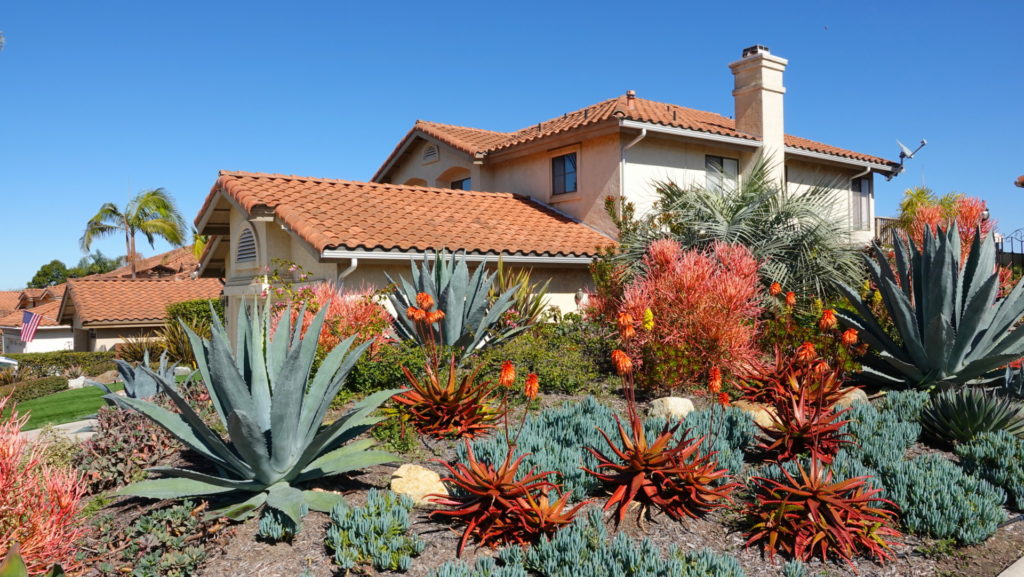Xeriscaping saves water, adds beauty
How to create visually appealing, drought-tolerant gardens
Xeriscaping can be your path to a visually appealing garden, even if you’re in an arid environment.
Some Texas weather conditions can make it difficult to find plants to grow in outdoor landscaping. With xeriscaping, that task gets a little bit easier. To put it simply, xeriscaping is the process of gardening with minimal use of water by using drought-tolerant plants and soils.
Michael Arnold, Ph.D., professor of landscape horticulture and Texas A&M AgriLife Extension landscape specialist gives basic tips on how to start your own xeriscaping project.
Planning is key for Xeriscaping
Xeriscaping projects thrive the most when carefully planned out by the gardener. Arnold said AgriLife Extension can help you figure out what plants will do best according to location and conditions.
“The best plant for a specific location depends upon the characteristics of that site, the desired function of the plant, the general climatic conditions of the region, and the level of maintenance and inputs available for caring for the landscape long term,” he said.
It’s important to know your landscape, Arnold said, because your current landscape is what determines how successful your garden will be.
“Many important considerations should be incorporated into a successful design, but from a water consumption perspective some are more critical than others,” he said.
Plants used should not have their water requirements ignored, so pay attention to water-use zones, which are critical in xeriscaping. Additionally, projects should focus on growing conditions such as soil needs and sunlight requirements.
“Soil type will also influence fertility and nutrient requirements,” Arnold said. “Sun and shade patterns will help to determine which areas may have higher or lower water demands.
“By zoning plants together that have similar soil, sun and water requirements, we can enjoy healthier more vigorous appearing plants.”
Basic maintenance tips
For xeriscaping projects, the landscape changes with the seasons, making maintenance a vital step to keep your gardens thriving.
“By periodically inspecting the landscape, most problems are easily dealt with in their early stages,” Arnold says. “They can become much bigger issues if not addressed.”
Irrigation systems used in xeriscaping projects should be routinely managed to keep up with needed water requirements for different areas. Issues with the irrigation system equipment can be detrimental to the survival of your project.
Also remember plants might also have different needs throughout the year.
“Landscapes are dynamic and change over time as plants interact with each other and the infrastructure of the built environment,” Arnold said. “Adjust your irrigation schedule to match seasonal changes in demand.”
And finally, he said, taking care of the area around your xeriscaping project leads to successful and healthy plant landscaping.
Benefits to xeriscaping
Xeriscaping projects do a great job of sprucing up our yards year-round, but they can also help to make us better conservationists.
“One of the major benefits to xeriscaping is its ability to reduce our water usages needed for the plants,” Arnold says. “Properly matching plants with their inherent site requirements results in a healthy landscape that requires less labor and resources to maintain over time.”



